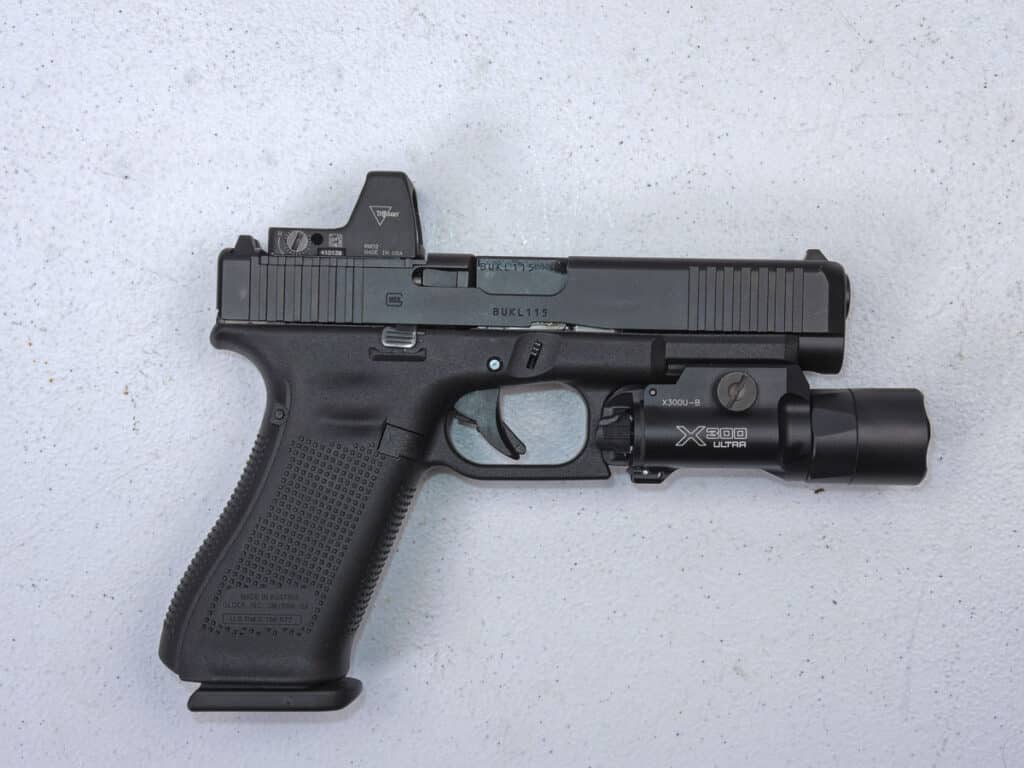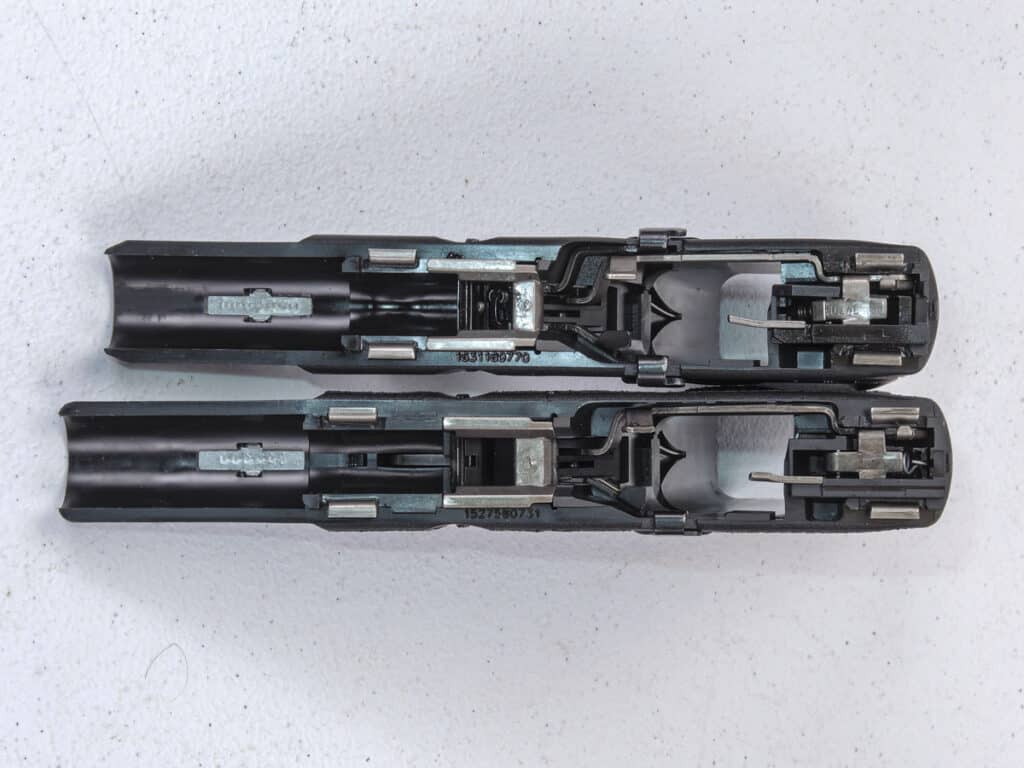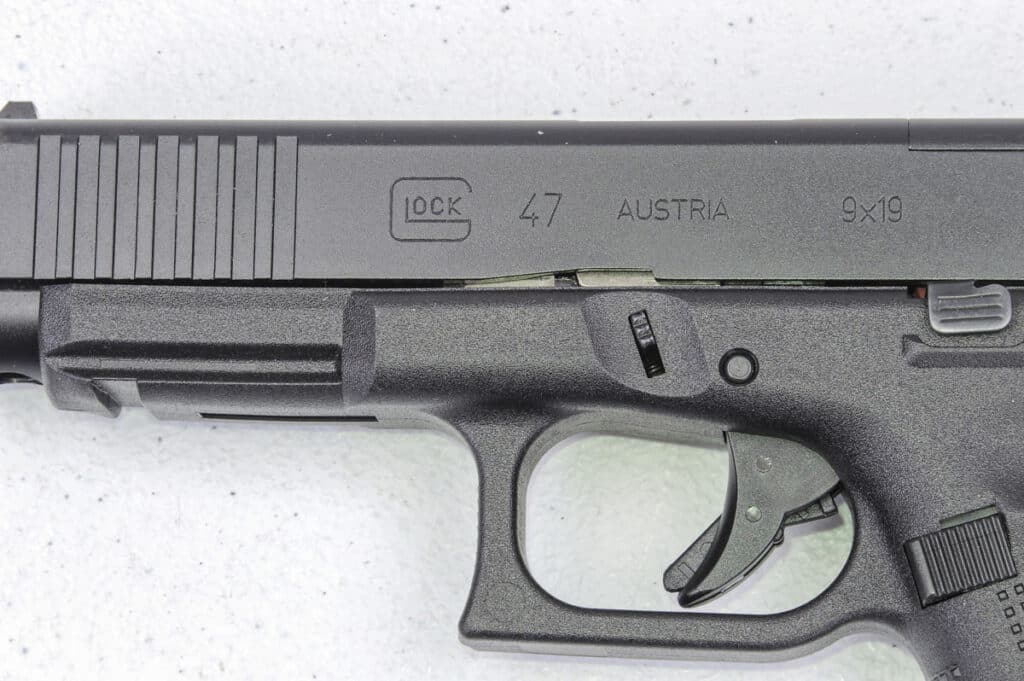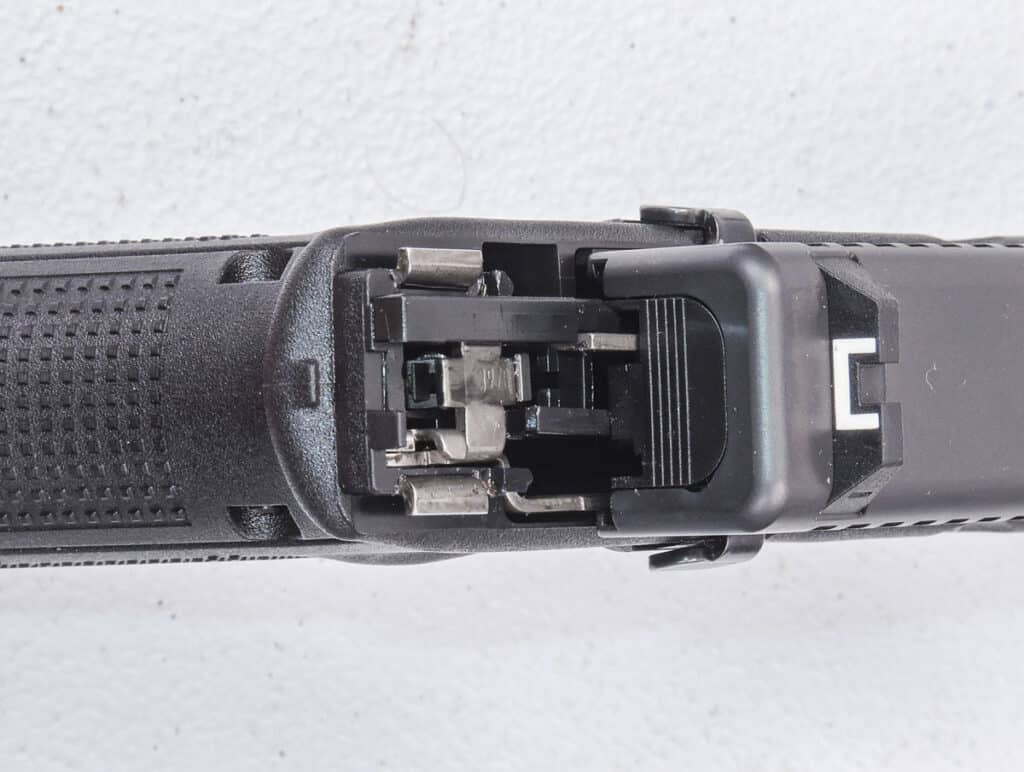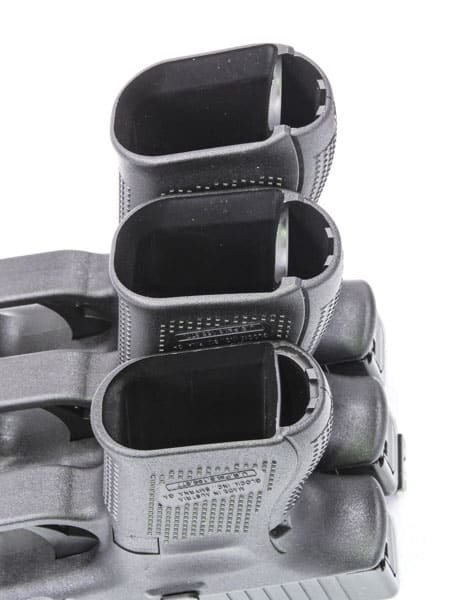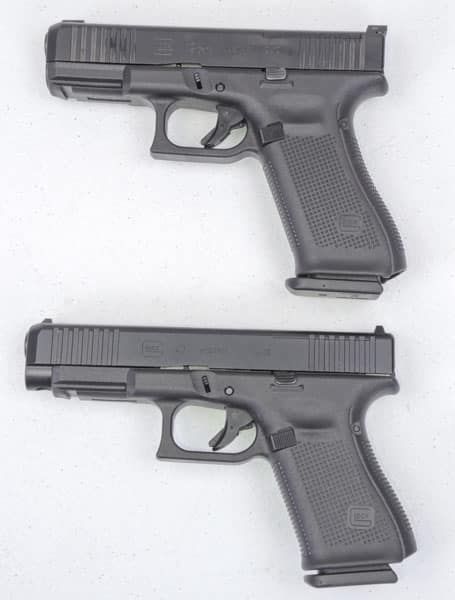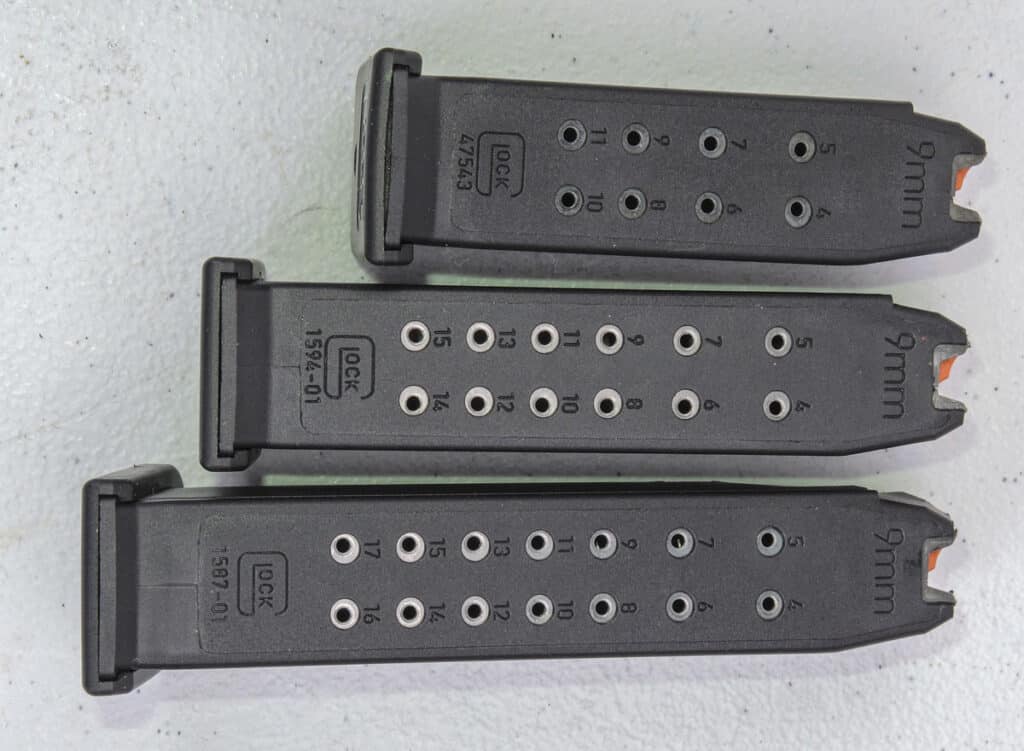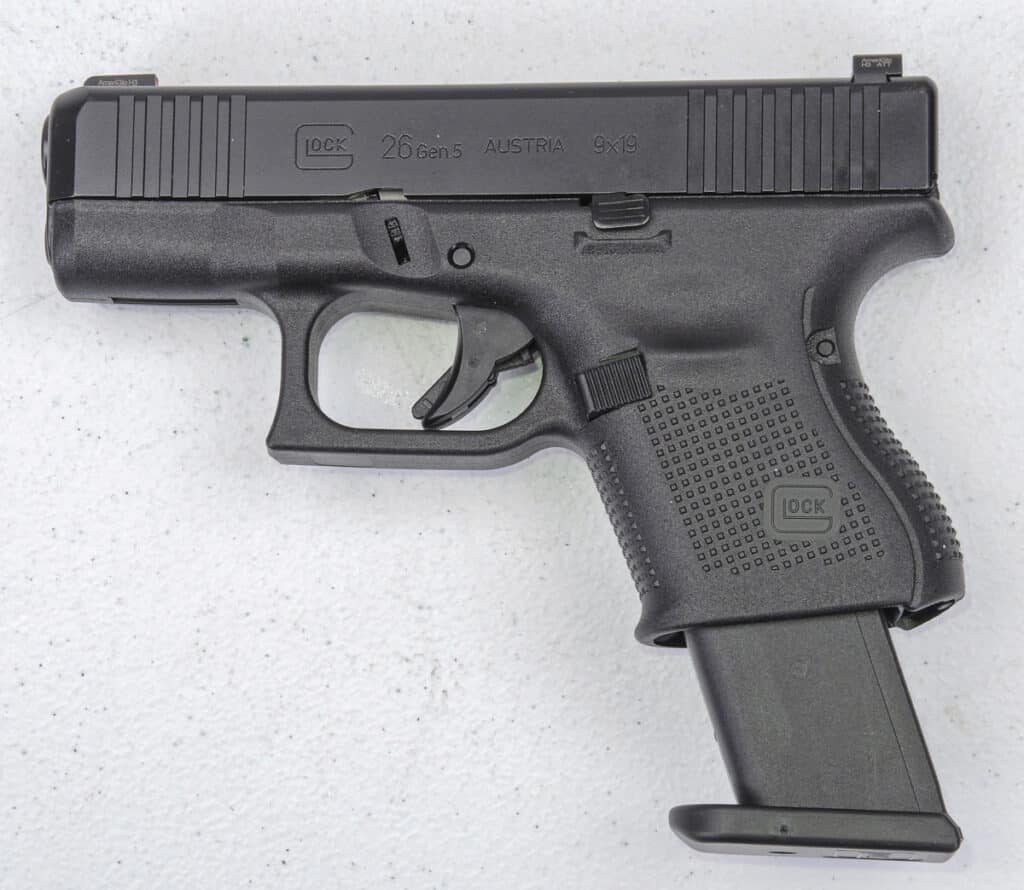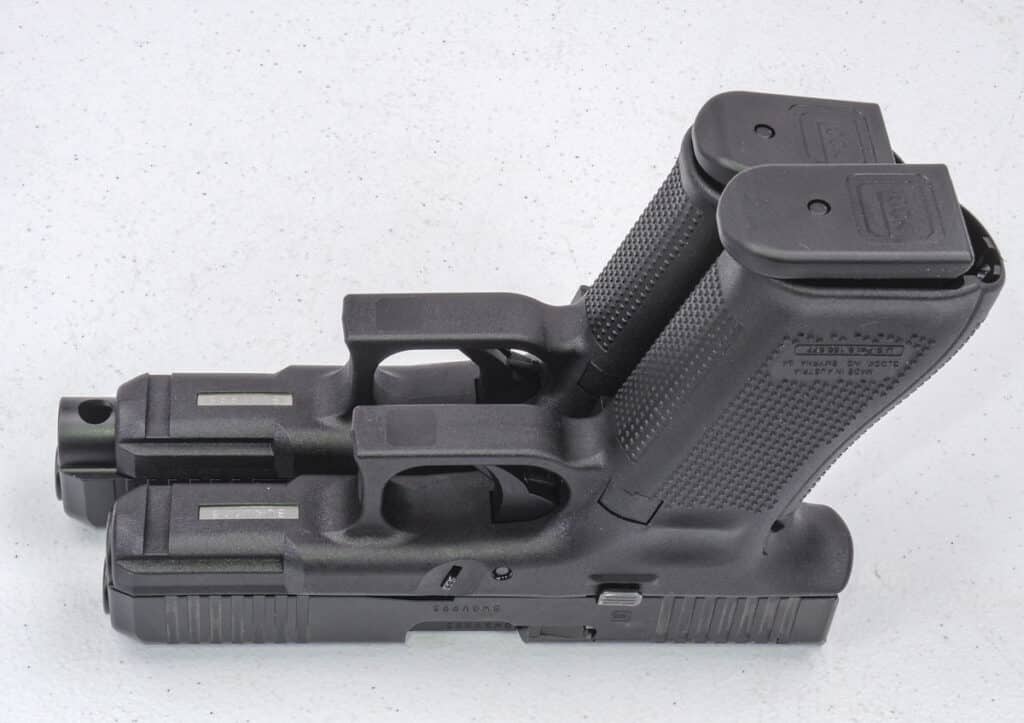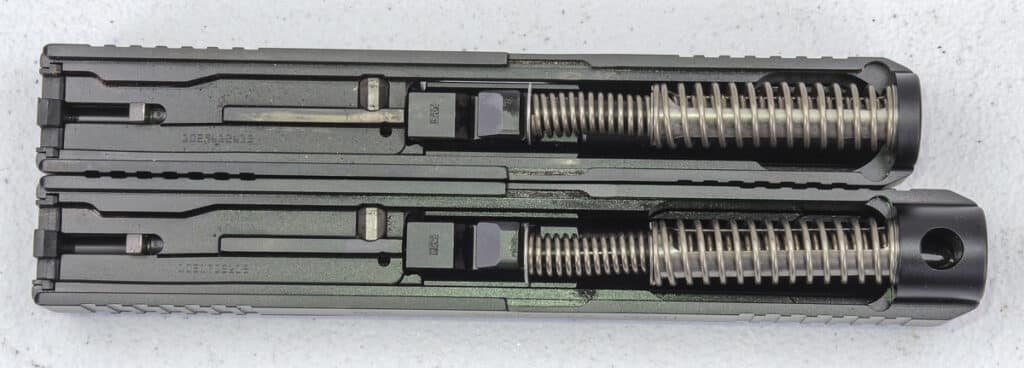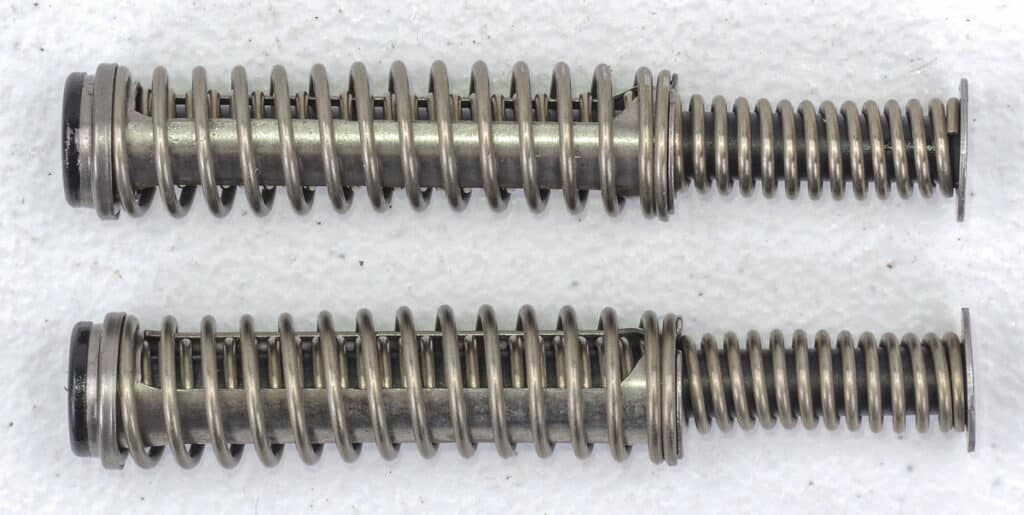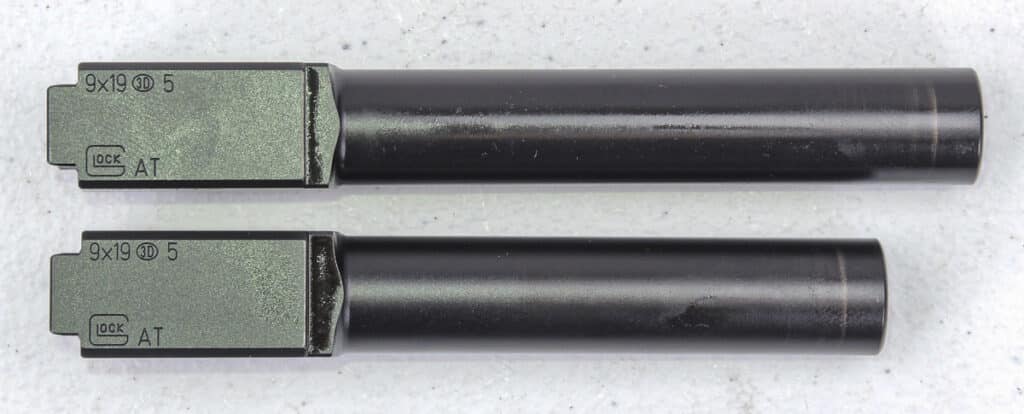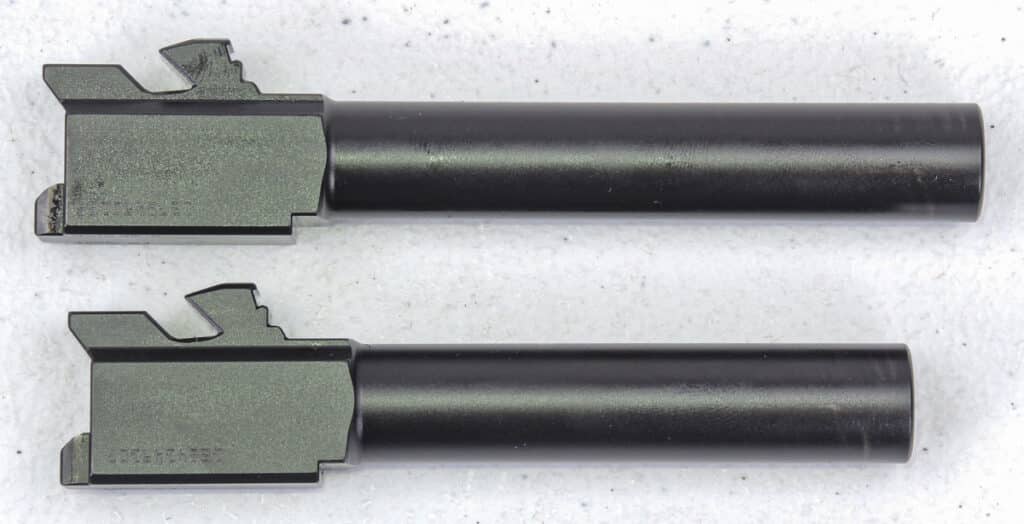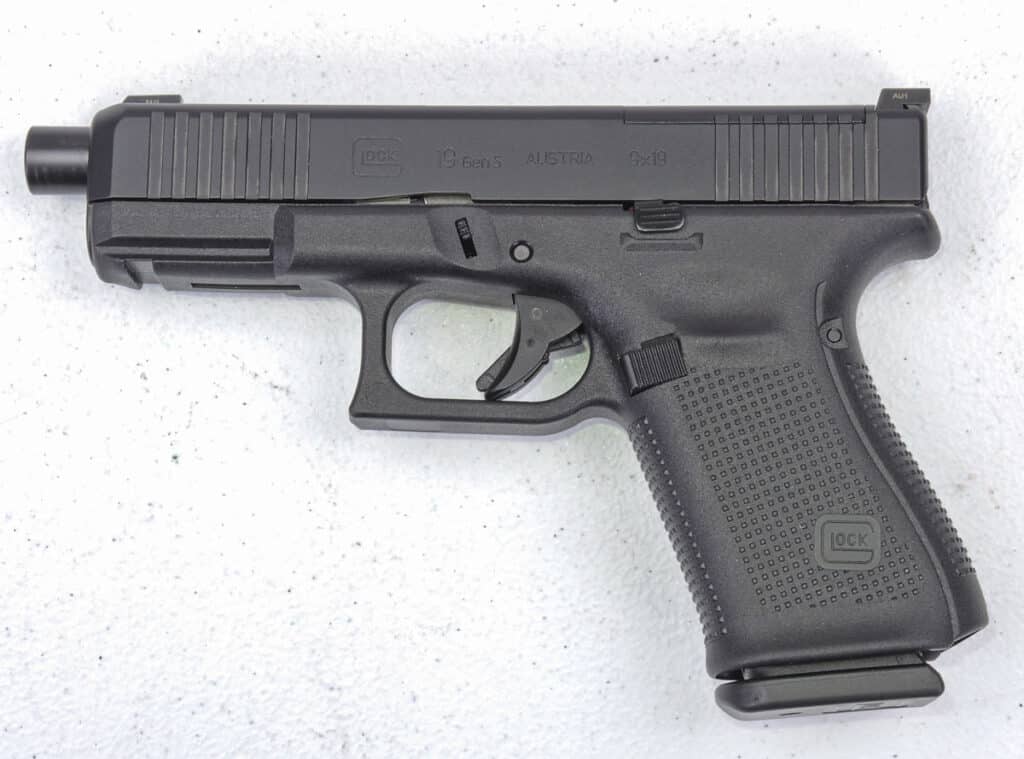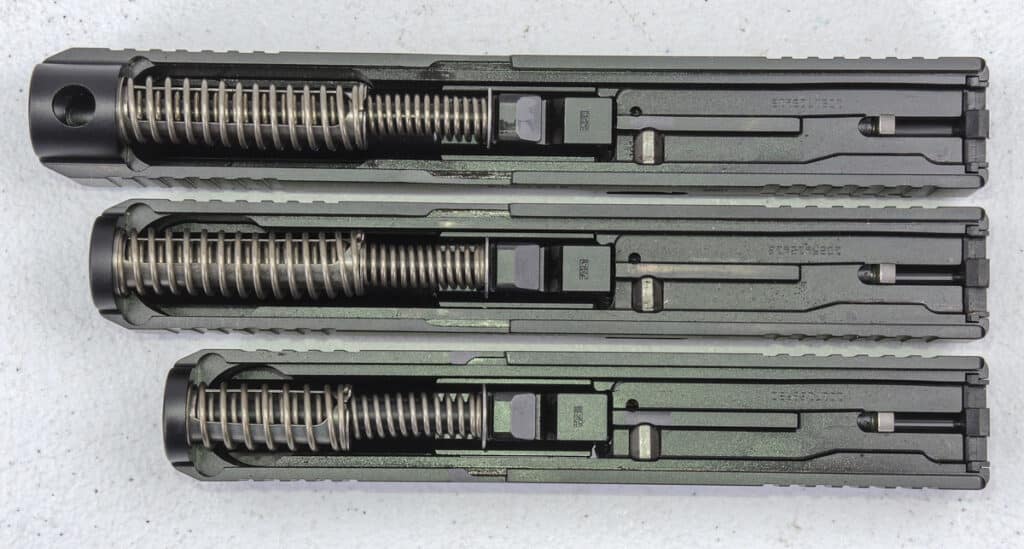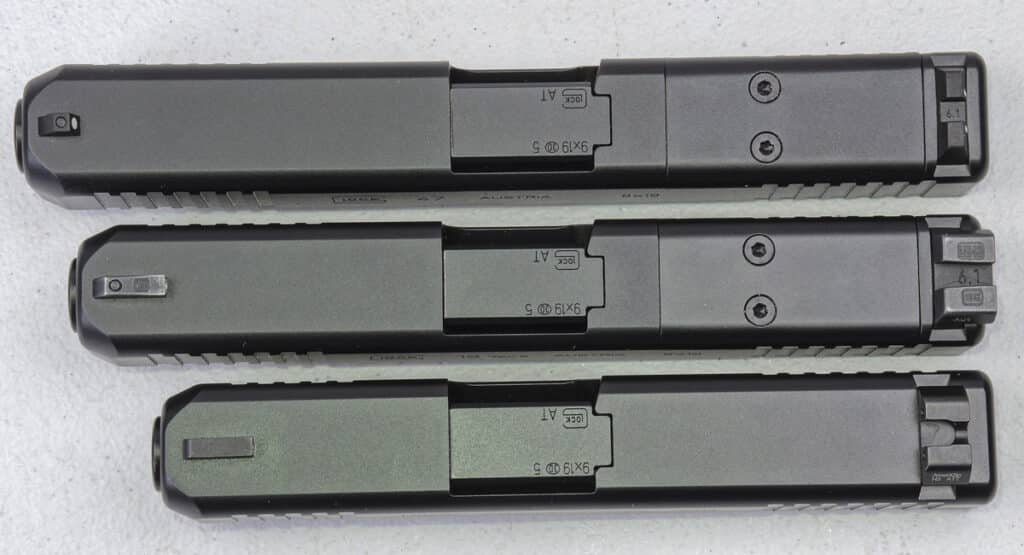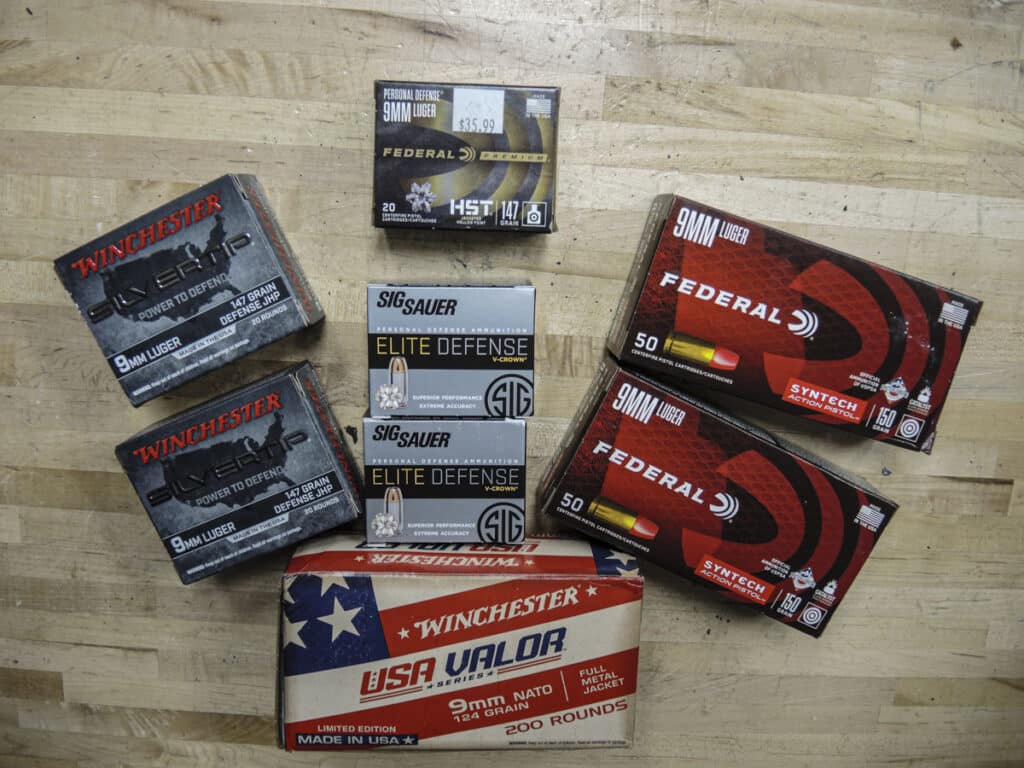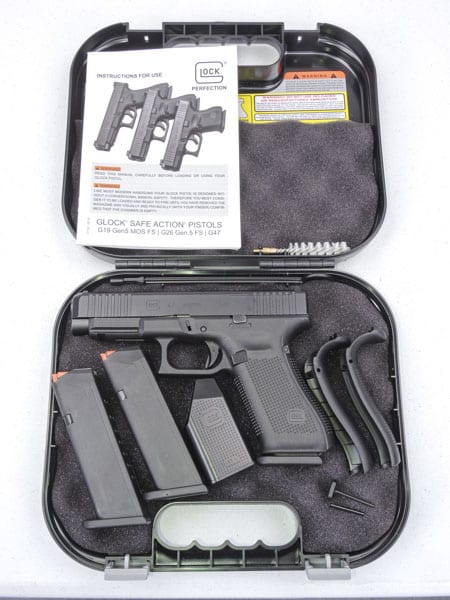By Dan Shea –
Most of us remember our first gun, first pistol, first rifle, etc., and I remember clearly my first Glock 17. I was a 1911 guy, and had experience with many firearms around the world. It had an AL serial number, and it was 1986. Well, I wasn’t hooked, didn’t like the safety on the trigger, and retired it from carry. Tried a lot of other handguns. I had been partial to my Hi-Power overseas. And then, in 1988, I was persuaded to give Glock another chance … there was a true paradigm shift occurring in handguns, and I’ve carried a variety of Glocks ever since.
In October of 2022 at the National Defense Industrial Association’s Future Force Capabilities Conference & Exhibition, the Small Arms Committee of the Armaments Division awarded Glock the prestigious Ambrose Award (named in honor of James R. Ambrose); recognizing the company for the incredible contributions it has made to small arms. The Glock pistol, with its polymer construction, moved the science and practice of handgun use in an entirely new direction globally, with polymer-based, striker-fired pistols now ruling much of today’s market.
Glock, Inc.’s Vice President of Marketing & Sales, Josh Dorsey, was there to accept the award, along with Shelby Lasater, Director of Government/Federal Programs. While at the exhibition, we continued our discussions on the new Glock 47 pistol, including the fact that U.S. Customs and Border Protection (CBP) had selected a suite of three pistols to meet all of their needs. There was a 40,000-gun order. The U.S. Secret Service reviewed the system and also purchased these three models for their own agents.
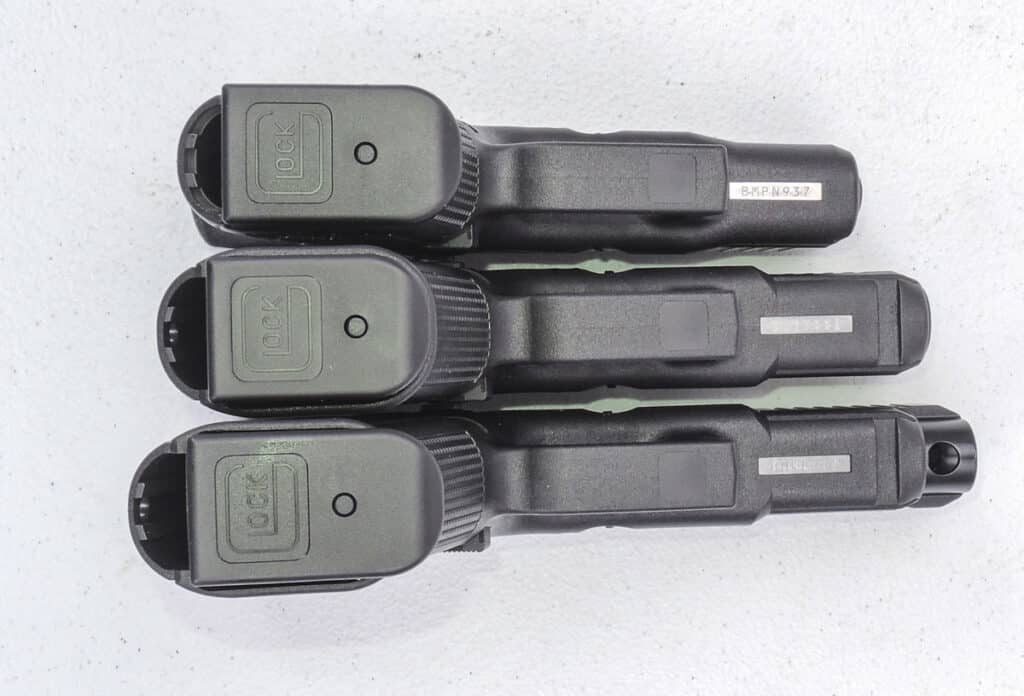
To date, no substantive articles have been produced on the Glock 47; but there has been a lot of re-hashing of the publicly-released information, lots of extrapolation. It is the desire of this publication to give a much deeper view into the Glock 47 and this suite of pistols that was chosen by not just CBP, but also the U.S. Secret Service. They are also being considered for purchase by other government groups. As an aside, after shooting the Glock 47, I’m hoping that Glock follows through and offers it to the public.
The cliff notes version? CBP wanted to have a suite of three pistols with many interchangeable parts to simplify supply train, common training techniques; one for each of their defined agent roles. The Glock 47 is an MOS (Modular Optic System) ready full size 9x19mm Glock pistol, similar in size to the Glock 17. This is for tactical agents and can be accessorized with an MOS and integrated flashlight system. The Glock 19 is a 5th generation Glock pistol with MOS mounting capability, smaller in size than the Glock 47 … perfect for everyday carry and duty use for uniformed CBP officers. For those CBP officers in subdued roles (undercover, plainclothes, etc.) the Glock 26 Mod 1 fills out the suite and has an 11-round magazine that is unique to this model – an extra round in the same package size.
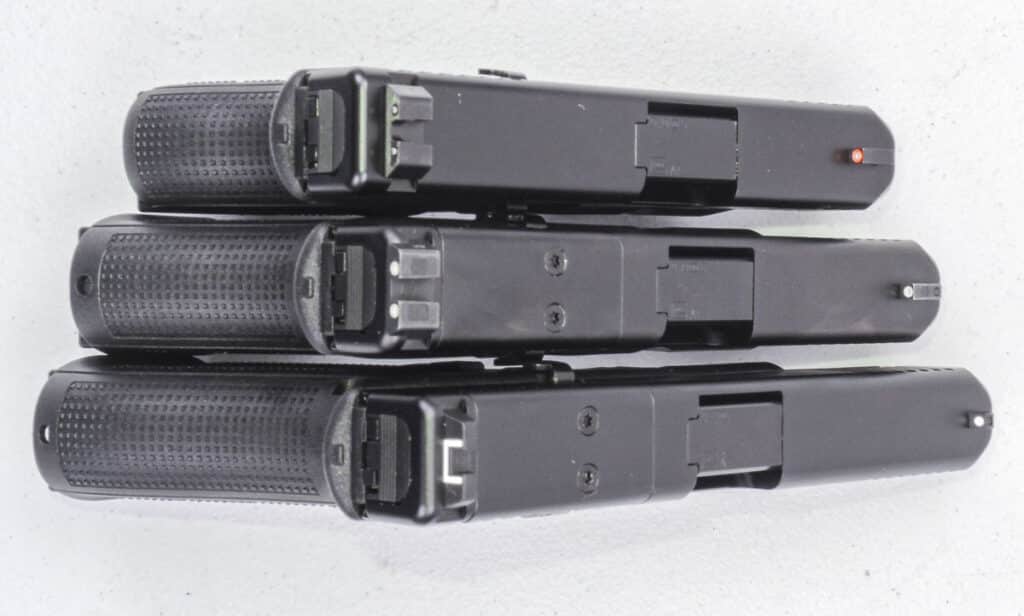
There are some interesting side benefits for Glock users in general and those who have these issued.
The Glock 47 frame is the same as a Glock 45 frame.
The Glock 47 slide with recoil spring will work on a Glock 19 Gen 5 frame.
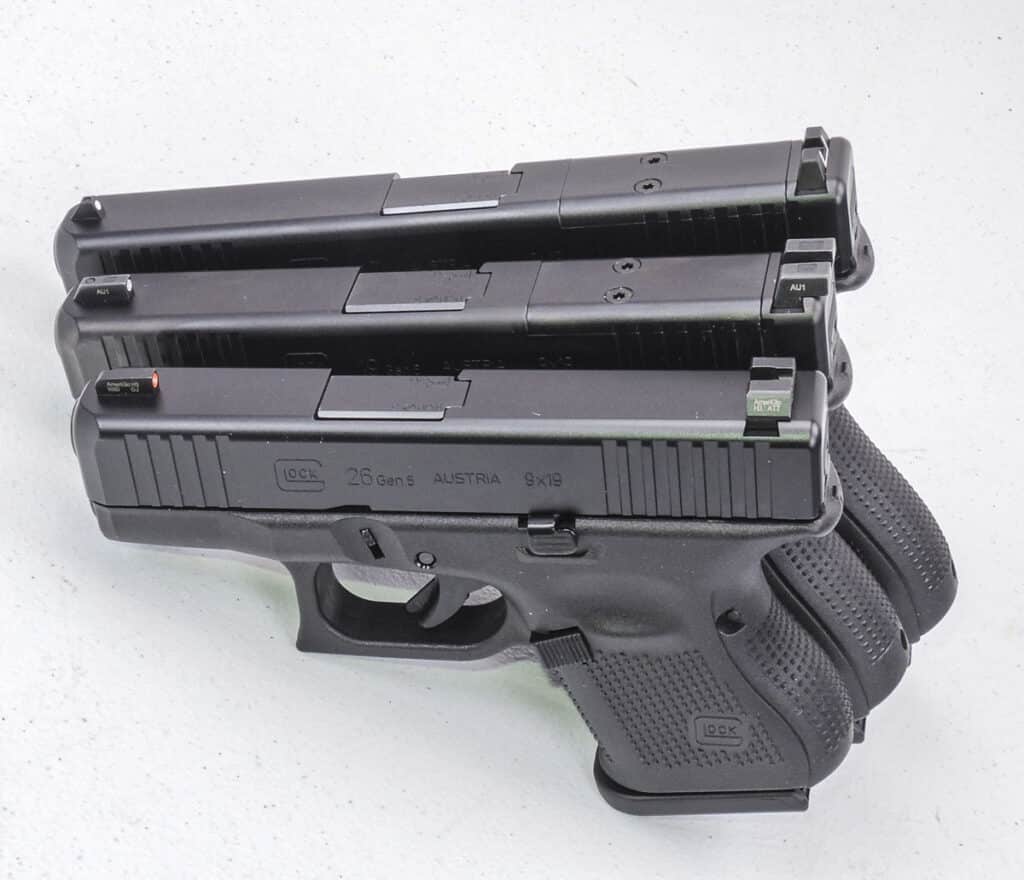
This means that with a Glock 19 Gen 5 and a Glock 47, you have four pistol variants available to you … three of which are new to the end user. The Glock 47 (the size of a G17) is the first one, and what is basically a Glock 45 the second, then the Glock 19 Gen 5 MOS is the third, and finally—one that Glock doesn’t make, but the Glock shooters have always wanted—you can make a Glock 19L (long slide) for your fourth. This is because the recoil spring is the same for all (not the 26 variant). These two basic Glocks in the CBP suite give the operator versatility to decide which size is needed for carry for the mission.
A note from Shelby Lasater of Glock:
“With the shorter recoil spring that is in the G47, when you shoot it, you have a softer recoil, not weaker but softer, which enables better control and faster re-engagement on the target. It can also enhance on the competition side for those who feel the G34 is too long of a pistol.”
This author had already fired a Glock 17 next to the Glock 47 for several magazines, and my observation was that the recoil impulse was stretched out a bit longer … I found the Glock 47 a “smoother” shoot than the Glock 17. It was interesting to read Shelby’s take reinforcing that impression.
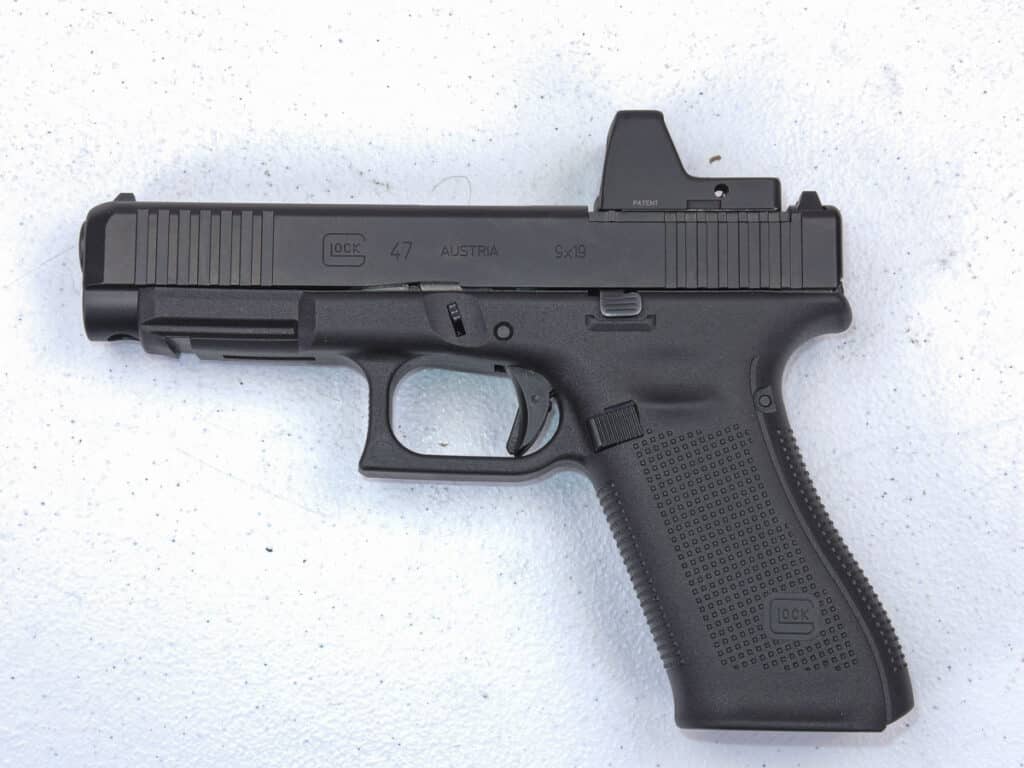
I’ve tried to cover the details in the pictures and comparisons, so let’s consider the live fire testing. First, we needed to choose ammunition, and Glock has very specific detail on this. For 9mm 115 grain (7.5 gram) bullets, the maximum velocity should be 1180fps (350m/sec) and the maximum chamber pressure should be under 43,500PSI (3000BAR). This should give a guideline. Federal 147 HST has a heavier bullet (147 grain) but is within the velocity (1000fps) and pressure guidelines, and besides, that is what the CBP has matched these guns with for duty. Thus, that is what we tested with.


It takes decades of experience to test a firearm properly, and self-deception is the enemy of many a wannabe writer. I know my limits, I’m hell on wheels with submachine guns, rifles, machine guns, and grenade launchers, but modest with handguns. I asked two of the most knowledgeable and experienced pistol instructors in Nevada to help: Chuck Bolding and Scott Leonard. Both have more than 50 years’ experience and both are expert-level handgun trainers, armorers, and shooters. Both also have a soft spot in their holsters for Glocks. Chuck is an aficionado of the Weaver stance; Scott uses Modified Isosceles.
Chuck: “All three of the Glock models were monotonously reliable, pretty much as expected. That’s a good thing, not a bad thing. No issues at all in the whole test. We cleaned and prepped with a bit of Royal Purple lube and inspected the firearms. At the range we set up course of fire, and prepared a good selection of basic factory range ammo to work the guns out, get the feel of them, before going into testing with the issue type ammunition. Neither of us had too much experience with the RMR-type sights, so it would take a thousand rounds or so to build the natural “go-to” on the red dot, not the iron sights. After the initial tests, when we put the RMR on, we burned ammo until we could get natural with it. It was a beautiful day at Boulder Rifle & Pistol Club Range, with a pile of ammo and some interesting guns so, a good day. When it came down to testing, we let the guns cool down, did other things, then came back and tested with the issue type ammo. Both Scotty and I found that the RMR was a very good feature to use. Not sure about holstering but it certainly brought the groups in as seen. We fired one 10-inch group at 40 yards with the Glock 47, pretty impressive. Center of mass. All three Glocks did their jobs and that’s pretty much what we expected and the reason so many agencies are using them – they work.”
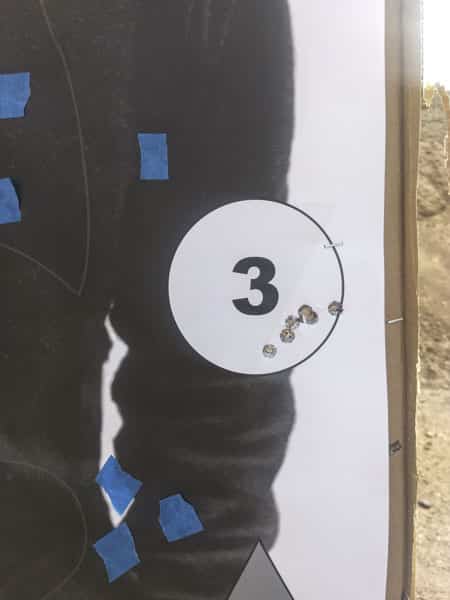
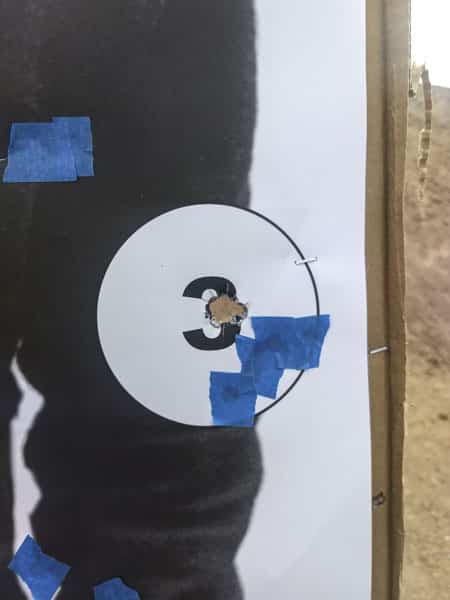
All in all, it’s an impressive lineup that Glock has to begin with, and the carefully chosen pistols in this suite give a multitude of advantages to the officers who are issued them or have to work with them. Here’s hoping Glock brings the Glock 47 to the civilian market in 2023, along with the Glock 26 Mod 1.
